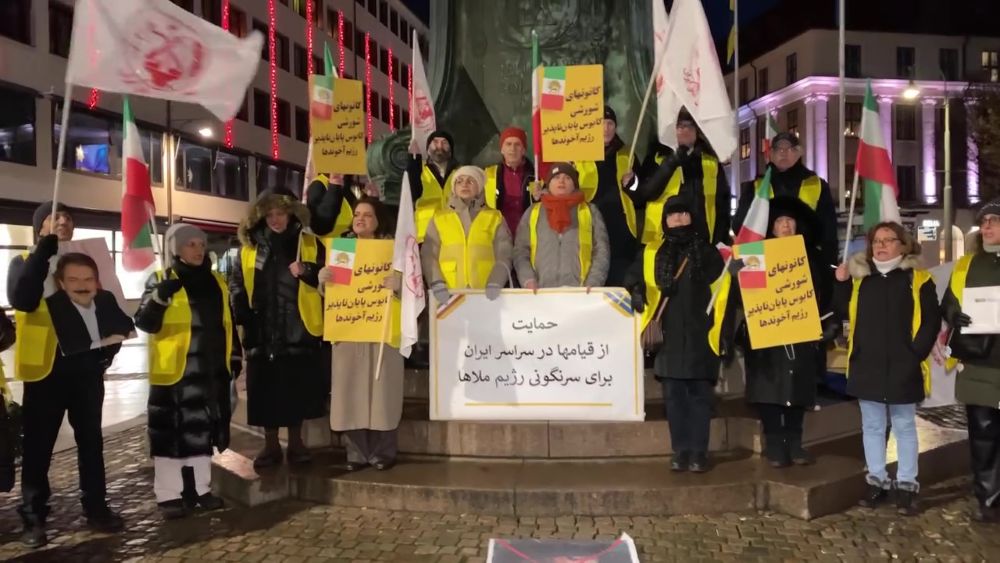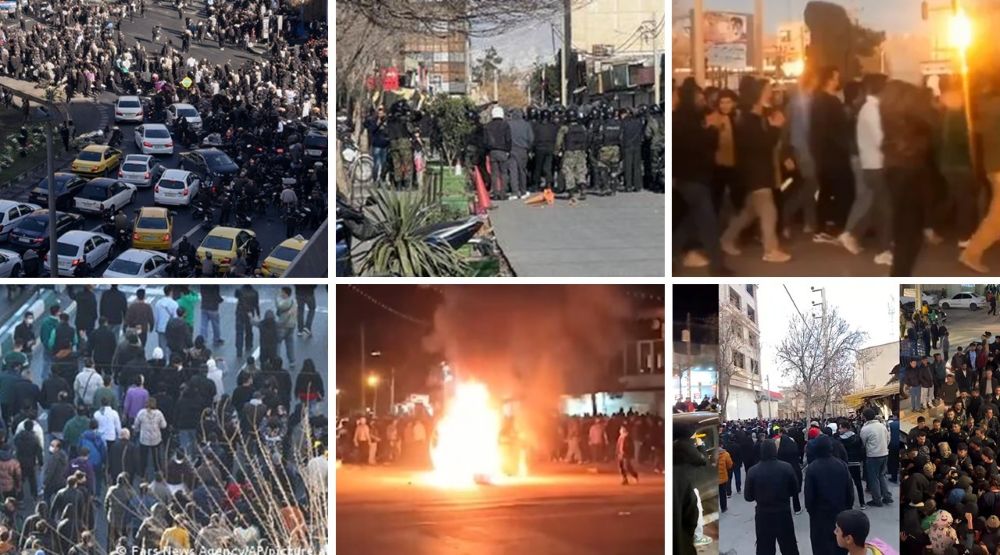On Monday, July 26, 2021, Tehran saw major protests, where people condemned the regime’s policies and chanted anti-regime slogans, just days after protests began in Khuzestan.
July 26 – #Tehran, #Iran
— People's Mojahedin Organization of Iran (PMOI/MEK) (@Mojahedineng) July 26, 2021
Protesters chanting in the capital:
"Mullahs must get lost!"#IranProtestspic.twitter.com/YSPrdWSwr2
On Sunday, July 25, protests continued for the 11th day in a row in Khuzestan and, as the protests continue, they are spreading across the country, with the state-run media starting to acknowledge that the people’s protests are a “danger” to the regime.
The state-run Vatan-e Emrooz wrote on Saturday that the people do not trust the regime, blaming the government of outgoing president Hassan Rouhani for failing to meet the demands of the people and saying that this would cause consequences for years to come.
It wrote: “People’s problems now are not just water shortages. Economic problems are at the top of the people’s problems and certainly have a central impact on the formation of recent protests in some cities of Khuzestan.”
The state-run Iran daily agreed with the idea that Khuzestan’s problems are much more than water shortages, quoting Rouhani’s spokesperson Ali Rabie. He said that water shortages have been a major problem since 1990 but the other problems include discrimination, injustice, and industry expansions, with 25% of the people living in areas with limited facilities.
Vatan-e Emrooz questioned why the protests are causing chaos and called for the mullahs to make a decision on the matter, which implies further repression because protests are becoming “institutionalised” and warned about the impact that the Iranian Resistance is having on the people.
The paper wrote: “In the last week, the Khuzestan issue has become a problem, due to the [opposition’s] manoeuvres… Since the beginning of the revolution, the [opposition] has tried to turn any form of protest into a security issue. Thus, a reasonable attitude considers protests in the current situation dangerous.”
July 20 – Izeh, southwest #Iran
— People's Mojahedin Organization of Iran (PMOI/MEK) (@Mojahedineng) July 20, 2021
Protesters chanting against the regime's dictator Ali Khamenei.
The crowd is chanting: "Down with Khamenei!"#IranProtests#خوزستان_تنها_نیست pic.twitter.com/UNSE72tvqe
However, the attempt to shift blame should be ignored because the problems are far too big to be the result of just one government. Additionally, there is no difference between the regime’s factions. At least the following paper entry acknowledged the awful treatment of the Khuzestan people.
The Ebtekar daily wrote: “People in Khuzestan are deprived of their basic civil rights and are now demanding them… Street protests in the cities of this province circulate on social media and in media outlets. However, it seems that the government still lacks a convincing answer and solution to this province’s thirsty and tired people. No official has yet provided a clear answer to the people. The public sees some orders as superficial and unrealistic, rooted in the long history of officials’ unfulfilled promises.”
Certain other outlets have warned the regime against taking the sort of oppressive measures that the mullahs have enacted against the public multiple times. The regime is terrified of the people’s might because they know that the people want to (and will) overthrow the mullahs very soon.



